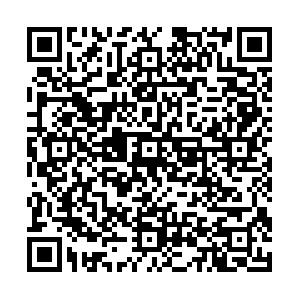摘要:
了解衢州市学龄儿童碘营养状况及甲状腺患病情况,为探索改进碘缺乏病监测模式与方法提供依据.方法 整群随机抽取衢州市6个县(市、区)30所小学的8~10岁儿童进行甲状腺B超检查,同时采集食用盐和尿液进行盐碘和尿碘检测.结果 衢州市1 236名学龄儿童家中食用盐碘中位数为22.4 mg/kg,碘盐覆盖率为98.46%,碘盐合格率为89.89%,合格碘盐食用率为88.51%.1 227份尿样尿碘中位数为189.2 μg/'L,不同尿碘水平学生的甲状腺结节率差异无统计学意义(x2=2.028,P>0.05).B超检测627人,甲状腺肿大率为1.91%;常规触诊587人,肿大率为0.34%,2种检测结果差异有统计学意义(x2=6.582,P<0.05).不同性别和不同年龄学生甲状腺肿大和结节检出率差异无统计学意义.结论 学龄儿童碘营养状况良好,但甲状腺结节率偏高.甲状腺触诊不能满足学生的评价指标要求,应推广使用B超法开展甲状腺监测.
关键词:
-
碘 /
-
营养状况 /
-
甲状腺肿 /
-
儿童
Abstract:
Objective To assess the iodine nutritional status and investigate the prevalence of thyroid diseases in schoolaged children in Quzhou.Methods A cluster sampling was applied in 6 districts in Quzhou city to select students aged 8-10 years from 30 schools.Thyroid disease was diagnosed by thyroid ultrasonography.Iodine concentration in dietary salt and urinary iodine concentration was assessed.Results The median salt iodine concentration was 22.4 mg/kg,the coverage rate of iodized salt was 98.46% and qualified iodized salt was 88.15%;The median urine iodine was 189.2 μ,g/L,and the thyroid nodule rate had no differences among students with different urine iodine levels(x2 =2.028,P>0.05).The goiter rate diagnosed by B ultrasound (1.91%) was higher than those assessed by palpation (0.34%)(x2 =6.582,P<0.05).The goiter and nodule rate had no differences in sex and different age group.Conclusion Current dietary iodine intake in school-aged children in Quzhou is generally sufficient and safe,but the thyroid nodule rate is at a high level.Considering the inaccuracy of the palpation,thyroid ultrasonography should be gold criteria for determination of iodine deficiency disease among school-aged children.

 点击查看大图
点击查看大图





 下载:
下载: